Carnation (Dianthus) annual or biennial plant designed for your garden
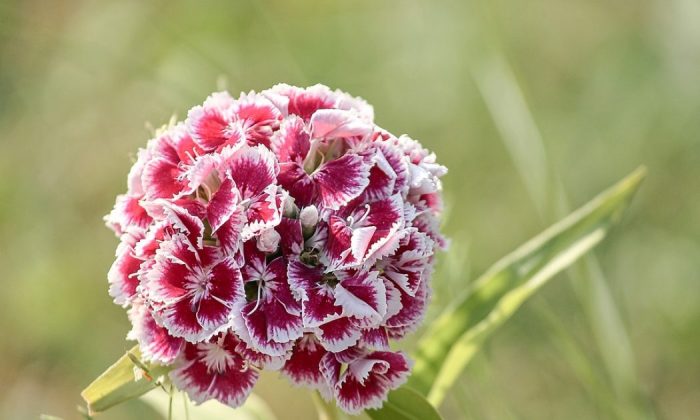
Carnation is a wonderful flower that comes in lots of different colours. You can choose from plain, regular to exotic colours and patterns or even brindle colours. The most famous carnation is sweet William (Dianthus barbatus), which forms magnificent bundles of flowers that can grow to 30 to 70 centimetres tall. Caring and growing this wonderful plant is not difficult at all – and prices for seedlings are very friendly, which is good news in these days.
Annual plant?
Many of us known that sweet William is an annual plant. Plant at the beginning of March and in July and August you can enjoy beautiful flowers. Well, you can actually get sweet William as an annual, biennial or perennial plant. Depending on your preference. The one-year plant offers the smallest flowers and is also the shortest, but most often sweet William is grown as a biennial plant.
Photo: Pixabay
Growing annual carnation
If you want to grow it as annual plant, you should start already in March. Seeds thrive if the temperature is around 18°C. Approximately two to three months after sowing (which is usually mid-June) you can transplant the seedling in your garden. Carnation is pretty resilient and can withstand adverse weather conditions. Sweet William is also very nice in a vase, where it can easily last up to 14 days.
Growing biennial carnation
If you have a “two-year” plant you should start sowing at the end of June. Leave enough space between individual seeds, and you won’t need to thin the row. Choose a sunny location, but partial shade will also do , but when the winter is about to come, cover plants with straw to protect them from frost. Watering is important especially on frost-free days and also at the beginning of spring. Carnations start waking up in March and once they do, it is recommended to loosen the soil a little bit to help the roots to grow. The good news is that you do not need to fertilize. First flowers should appear already in May.
Photo: Pixabay
Growing perennial carnation
Carnations produce plenty of seeds throughout the season, and if you give them the time it will drop seeds by itself. After flowering, leave only part of the plants and cut the others just above the leaves. Cover them with straw or twigs and that’s it. Now you just look forward to the spring and to new flowers. Although the flowers are most beautiful during the first year after planting, do not worry. You will enjoy beautiful flowers for years to come. Thanks to their undemanding nature and ability to adapt, carnations are great plants for cottages and summer residences.
Preview photo: Pixabay

Gardening is my hobby, I have a lot of experience and I am happy to share it.
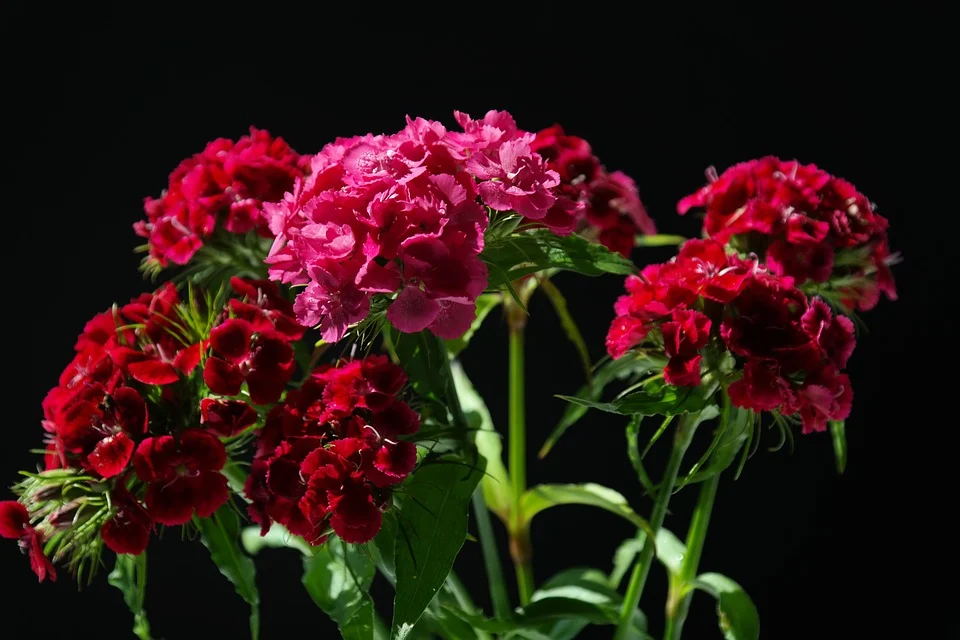
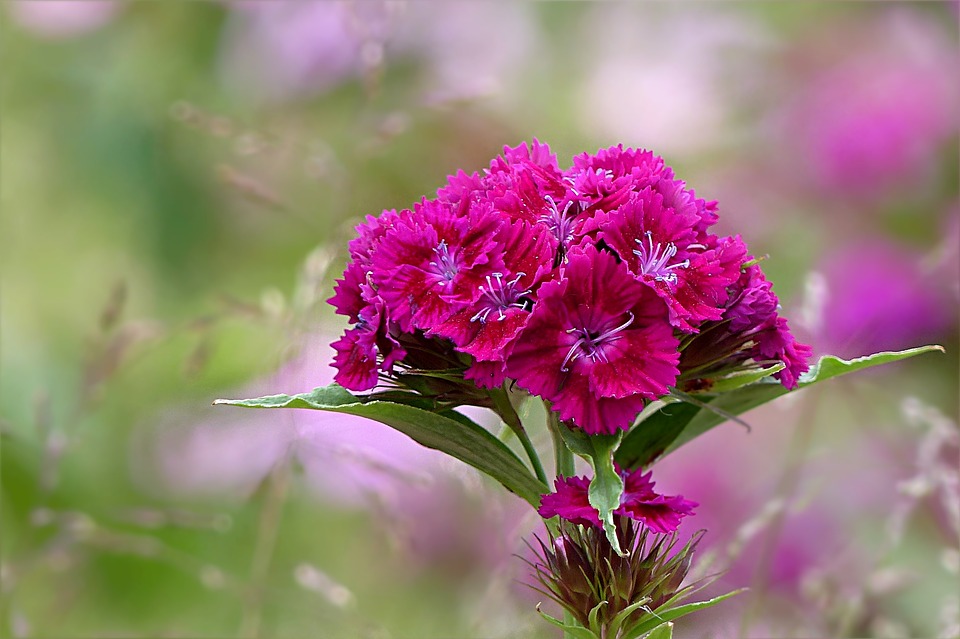


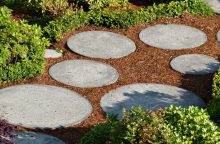
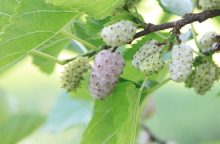

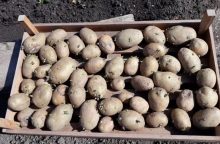

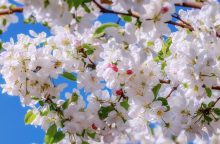
0 comments